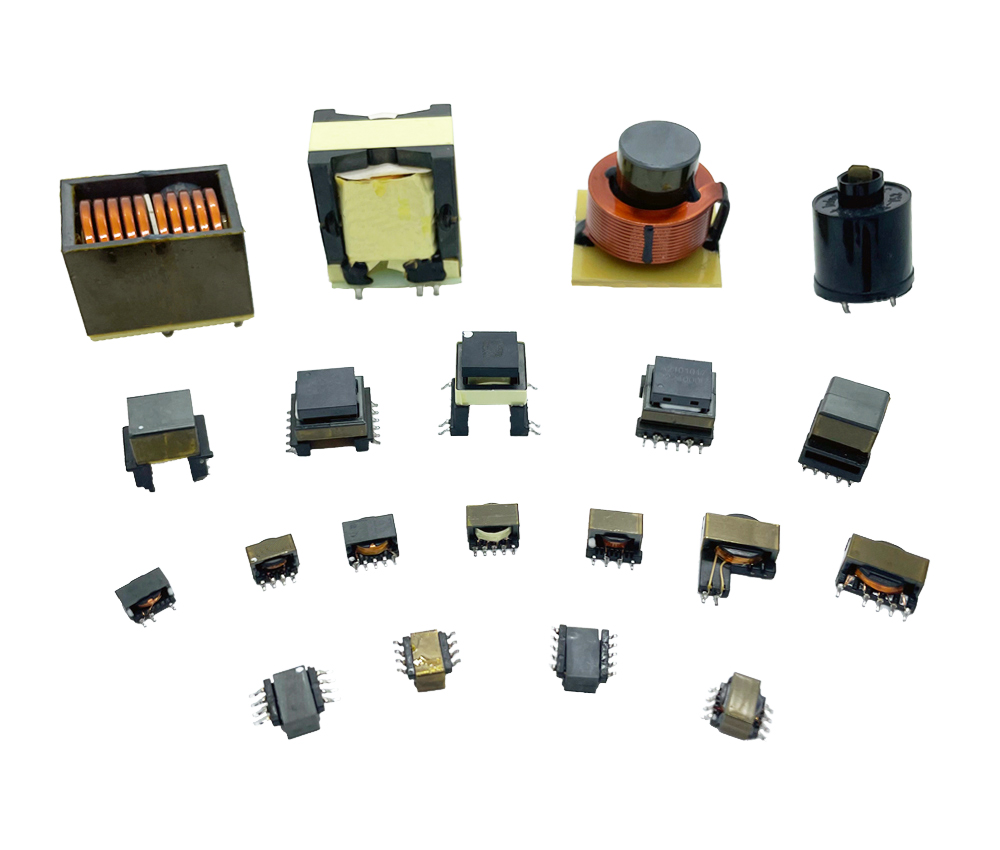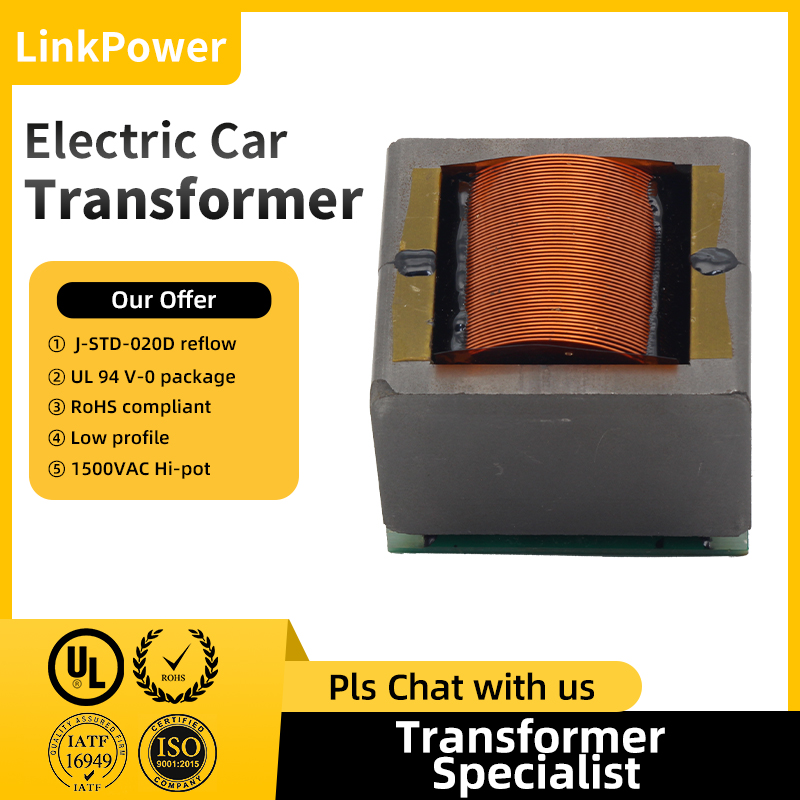As the global push for sustainable transportation accelerates, electric vehicles (EVs) are becoming a cornerstone of the automotive industry. At the heart of every EV is the electric vehicle transformer, a crucial component responsible for efficiently managing power between the battery, motor, and charging systems. With innovations in EV transformer technology, the future of green mobility is becoming more efficient, reliable, and widely accessible. Understanding the key trends for electric vehicles highlights the significance of transformer advancements in this rapidly evolving market.
The Role of Electric Vehicle Transformers
Electric vehicle transformers are critical in converting and distributing electrical power within EV systems. These transformers manage the flow of electricity between the battery and the electric motor, ensuring that the vehicle operates efficiently across varying driving conditions. They also play a key role in managing the charging process, converting AC power from the grid into the DC power needed to charge the battery.
The ability to handle high voltage and high-power transmission in a compact design is essential for maintaining the efficiency and performance of electric vehicles. As EV adoption grows, transformer technology must continue to evolve to meet the increasing demands for faster charging, greater energy efficiency, and enhanced safety.

Advancements in EV Transformer Technology
The ongoing development of electric vehicle transformers is focused on improving power conversion efficiency, minimizing size and weight, and ensuring long-term reliability under demanding conditions. Several key innovations are driving this transformation:
High-Efficiency Designs: As EV manufacturers strive to increase driving range and reduce energy consumption, high-efficiency electric car transformers for optimal EV performance are becoming essential. These transformers minimize energy loss during power conversion, helping EVs operate more efficiently and extend battery life.
Compact and Lightweight: With space constraints being a major factor in EV design, manufacturers are developing compact EV transformers that can fit into smaller areas without sacrificing performance. This allows for more flexible vehicle layouts and contributes to lighter overall vehicle weight, improving driving range.
Thermal Management Solutions: EV transformers must operate under high electrical loads, often generating significant heat. Advanced cooling and thermal management technologies are being integrated into transformer designs to ensure reliable performance even under extreme conditions, enhancing the lifespan of the transformers and the vehicle.
Custom Solutions for Charging Stations: As public and private charging infrastructure grows, there is a need for customized transformers that can handle varying voltage levels and fast-charging capabilities. Innovations in transformer design are enabling rapid charging without compromising safety or power quality.
Key Applications in the EV Ecosystem
The integration of EV transformers extends beyond the vehicle itself. These transformers are pivotal in several key areas of the EV ecosystem:
Onboard Power Management: Within the vehicle, EV transformers efficiently distribute power between the battery, motor, and other auxiliary systems. This ensures smooth operation, optimized energy use, and the ability to regenerate power during braking.
Battery Charging Systems: EV transformers are integral to both onboard and external charging systems. They convert the alternating current (AC) from the power grid into the direct current (DC) needed to charge EV batteries. The growing demand for faster charging times has led to the development of high-power transformers that enable rapid charging at public charging stations.
Renewable Energy Integration: As more EV owners look to renewable energy sources like solar to charge their vehicles, electric vehicle transformers are being used to integrate renewable energy systems with EV charging infrastructure. These transformers help ensure stable and efficient power delivery from solar panels to EVs, further reducing the environmental impact of transportation.

The Future of EV Transformers
With global electric vehicle sales projected to increase exponentially, the demand for innovative electric vehicle transformers will continue to rise. Manufacturers are focusing on creating many kinds of electric vehicle transformers to meet the diverse needs of the automotive and energy sectors.
As the technology continues to evolve, the focus will remain on improving energy efficiency, reducing size, and enhancing performance under high loads. Additionally, the rise of smart grids and vehicle-to-grid (V2G) technologies will place even greater emphasis on advanced transformer designs that can handle bi-directional power flow, enabling EVs to serve as mobile energy storage units.
Companies that invest in cutting-edge EV transformer technology will be at the forefront of the next generation of electric vehicles. To learn more or inquire about customized solutions for your electric vehicle projects, SEND MESSAGE now.
Post time: Sep-21-2024







